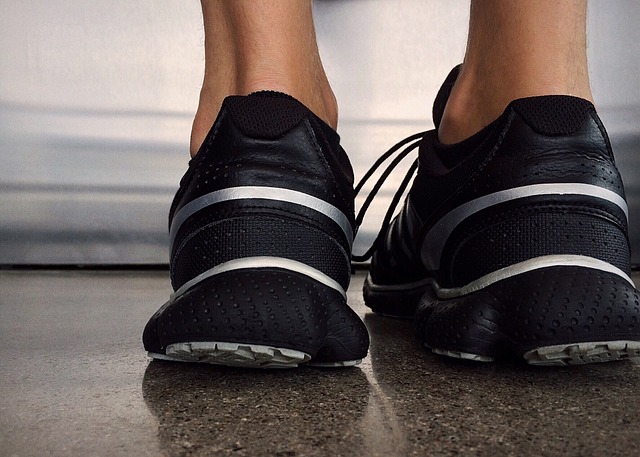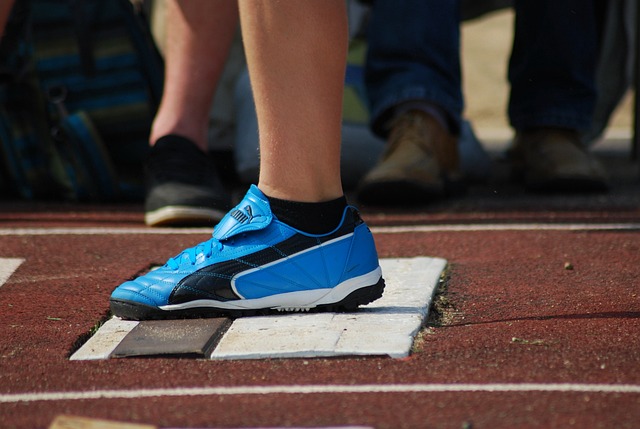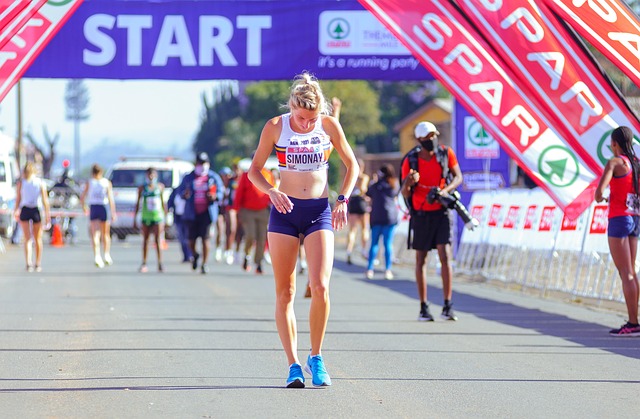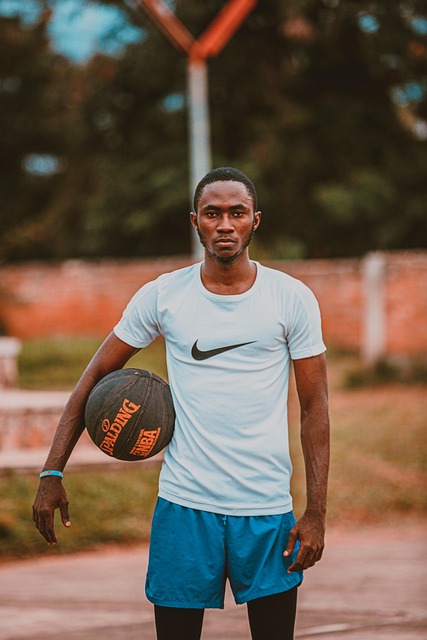Ducks Runners are revolutionizing cross-country sports by pairing their runs with ducks, leveraging the birds' stamina and agility for dynamic workouts. This unconventional training method has sparked global interest in endurance races, as these athletes push limits and inspire others to explore innovative performance strategies. Through strategic preparation that includes endurance, agility, mental toughness, proper nutrition, and visualization, Ducks runners overcome challenges on race day, fostering camaraderie and achieving collective success.
Ducks runners are transforming the cross-country racing landscape, challenging traditional athletic norms with their unique approach. This phenomenon has sparked curiosity and inspired teams worldwide. The rise of ducks runners showcases a blend of sport and wildlife conservation, attracting both athletes and environmental enthusiasts. This article delves into the world of these feathered competitors, exploring training methods, team strategies, and the inspiring stories of ducks runners conquering race courses globally.
- The Rise of Ducks Runners: A Unique Cross-Country Phenomenon
- Training and Preparation: Strategies for Ducks Teams
- Overcoming Challenges: Stories from the Race Course
The Rise of Ducks Runners: A Unique Cross-Country Phenomenon

In recent years, the world of cross-country running has witnessed an intriguing phenomenon—the rise of Ducks Runners. This unique term refers to a growing community of athletes who are redefining long-distance racing with their unconventional approach and remarkable achievements. The concept is simple yet powerful: using ducks as training partners for endurance events.
These dedicated runners have found that training with ducks offers an unparalleled experience. Ducks, with their natural stamina and agile nature, provide a dynamic workout partner, pushing athletes to new limits. This innovative method has captured the attention of many, leading to increased participation in cross-country races across the globe. Ducks Runners are not just participating; they are becoming trailblazers, challenging conventional training methods and inspiring others to embrace unconventional strategies for peak performance.
Training and Preparation: Strategies for Ducks Teams

The journey to a successful cross-country race begins long before the starting line for Ducks teams. Training and preparation are key, with strategies focusing on building endurance, agility, and mental fortitude among Ducks runners. Teams often start with gradual increases in training distance and intensity, allowing runners to adapt and build stamina. Interval training, where runners alternate between high-intensity bursts and recovery periods, is a popular method to enhance speed and aerobic capacity.
Additionally, strength training exercises targeting core muscles, leg strength, and balance are incorporated into routines. Proper nutrition and hydration play a vital role in supporting the physical demands of cross-country running. Ducks teams may also employ mental preparation techniques like visualization and goal setting to help runners stay focused and motivated throughout their training and on race day.
Overcoming Challenges: Stories from the Race Course

Ducks runners, like any other athletes, face a variety of challenges on their journey across the country race course. One common obstacle is navigating through unfamiliar terrain, demanding strategic adjustments in pace and technique to overcome potential injuries or fatigue. Each duck runner must learn to adapt quickly, drawing upon resilience and determination to conquer these hurdles.
The stories from the race course are filled with instances of Ducks runners overcoming personal struggles, whether it’s battling a cold weather condition, managing altitude changes, or simply pushing through mental barriers. These challenges often serve as transformative experiences, fostering camaraderie among the team and strengthening their bond. Through perseverance and mutual support, Ducks runners not only excel in individual performances but also contribute to the collective success of their team.






